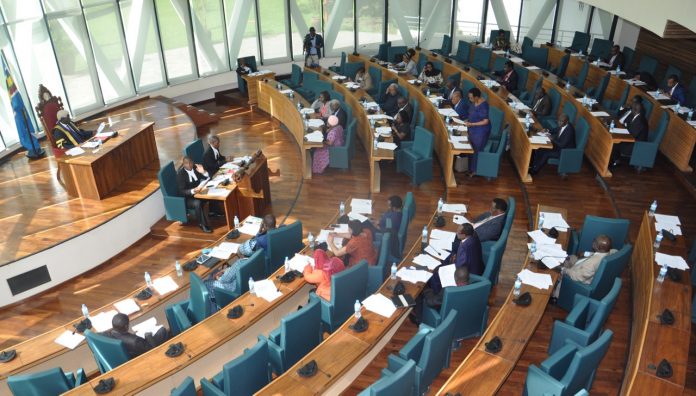You might have heard of the East African Legislative Assembly and perhaps wondered what the hell it is! Well, the east African legislative assembly {EALA} is simply an organ of the east African community that was brought into existence courtesy of the ninth legal act of the agreement that formed the east African community in the first place.
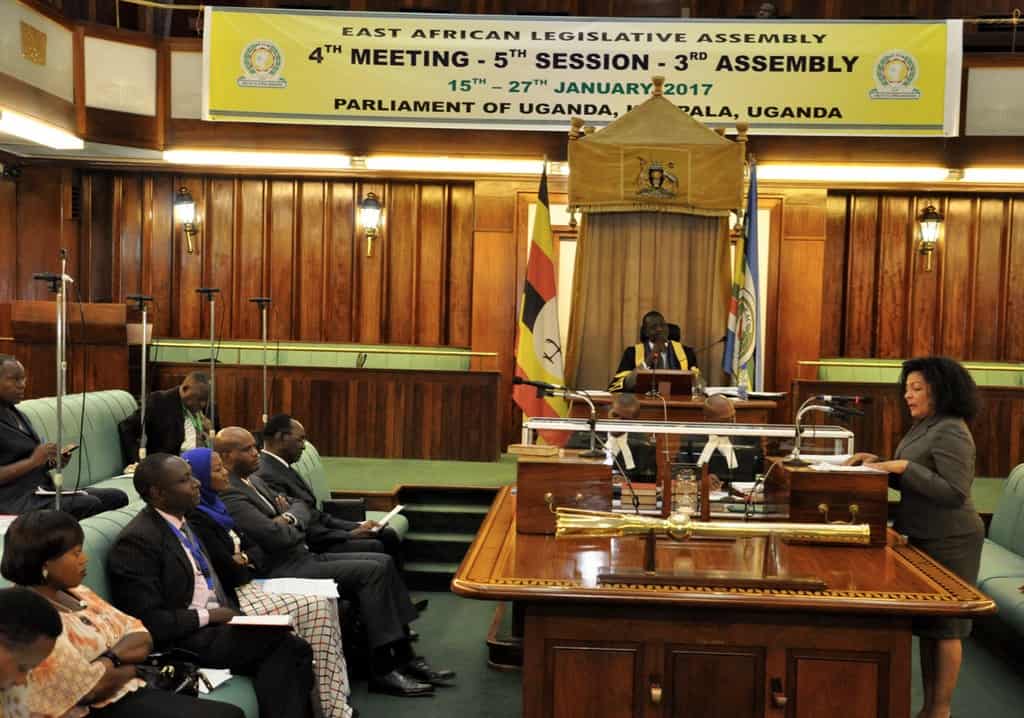
The agreement was signed on November 30th 1999 and it began functioning on July 7th 2000. The initial East African Countries that formed the east African community are; the republic of Kenya, the republic of Uganda and the joint republic of Tanzania.
The other East African republics of Rwanda and Burundi joined the community in June 18th 2007 and became it’s fully fledged members in July 1st 2007 hence increasing the number of the east African community member states from the initial three to five member states.
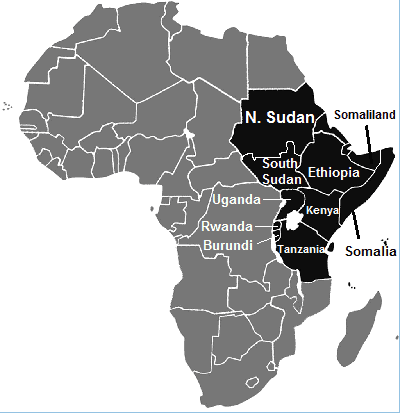
In respect to the East African Community agreement, the East African Legislative Assembly comprises nine members of parliament from each member state as well as ex-officio members comprising of the east African community minister and his deputy from each member state as well as the east African community secretary general.
At the moment, the East African Legislative Assembly has 45 members of parliament and seven officers hence totaling to 52 whereby amongst the 52, 20 are women.
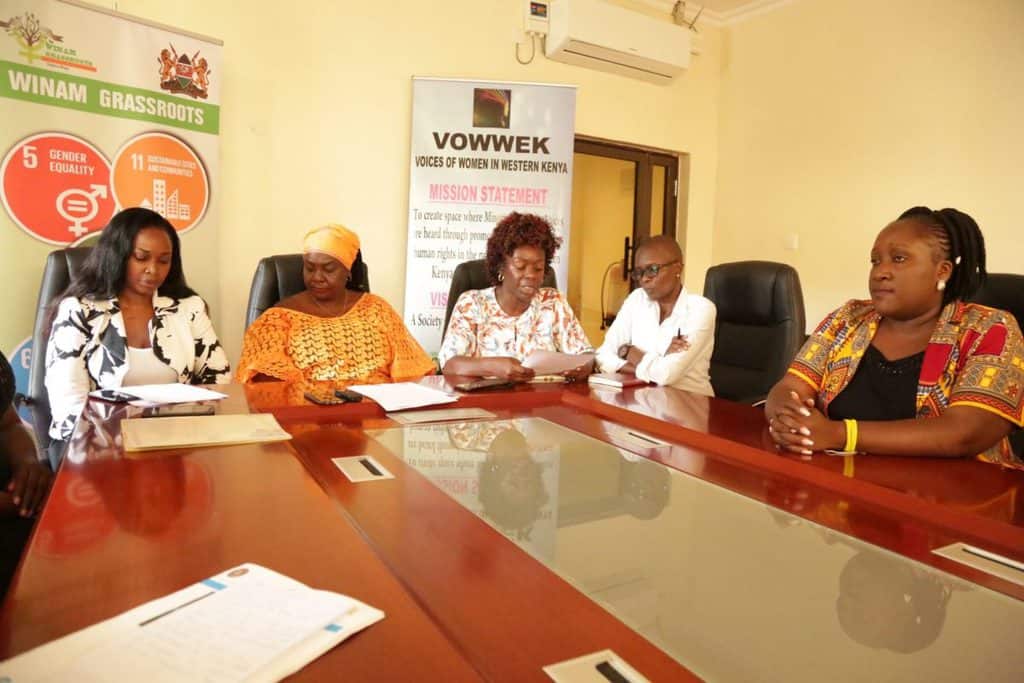
Apart from the East african legislative assembly, the east african community comprises of other crucial organs that constitute the community. The organs are amongst others: The council of ministers, sectoral committees, the secretariat, the summit and the coordinating committee.
- What Is Aromatherapy Vs. What Are Essential Oils?
- What is La Tomatina in Bunol, Spain Like? What to Expect at the Famous Tomato Throwing Festival
With a population of over 130million people and a combined GDP of $75.15 billion, there is no denying the fact that the community is one of the RECs in the Africa continent with a great potential for growth.
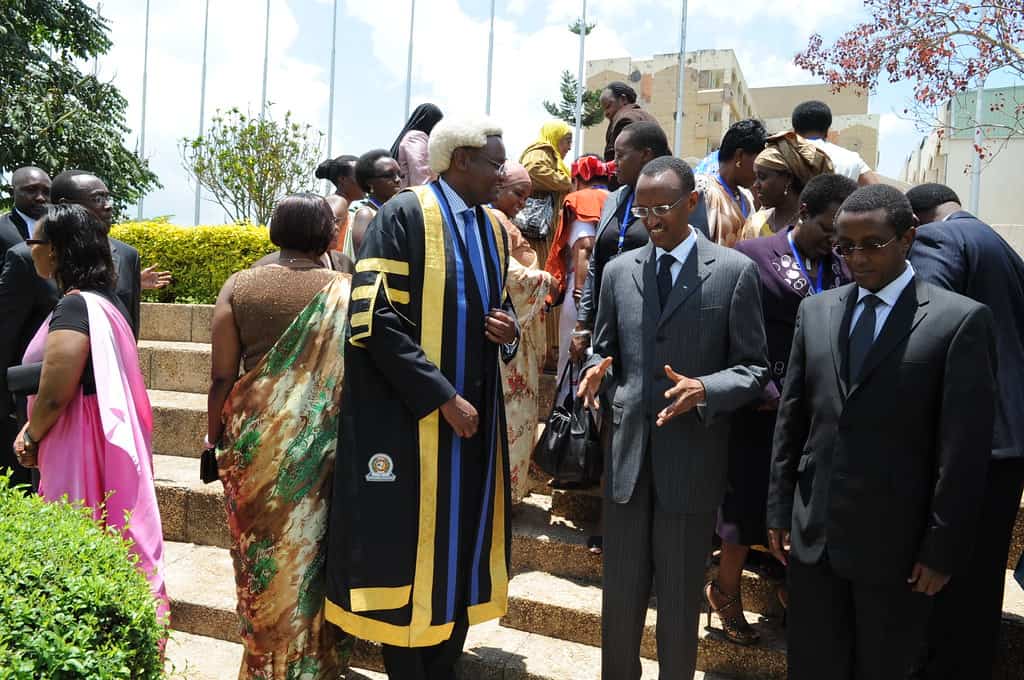
A spot check across the east African member states however reveals that most residents in the respective countries more so in rural areas don’t understand the roles and importance of the east African legislative assembly {EALA} and the east African community at large hence need for more civic education to the residents in regard to the same.


